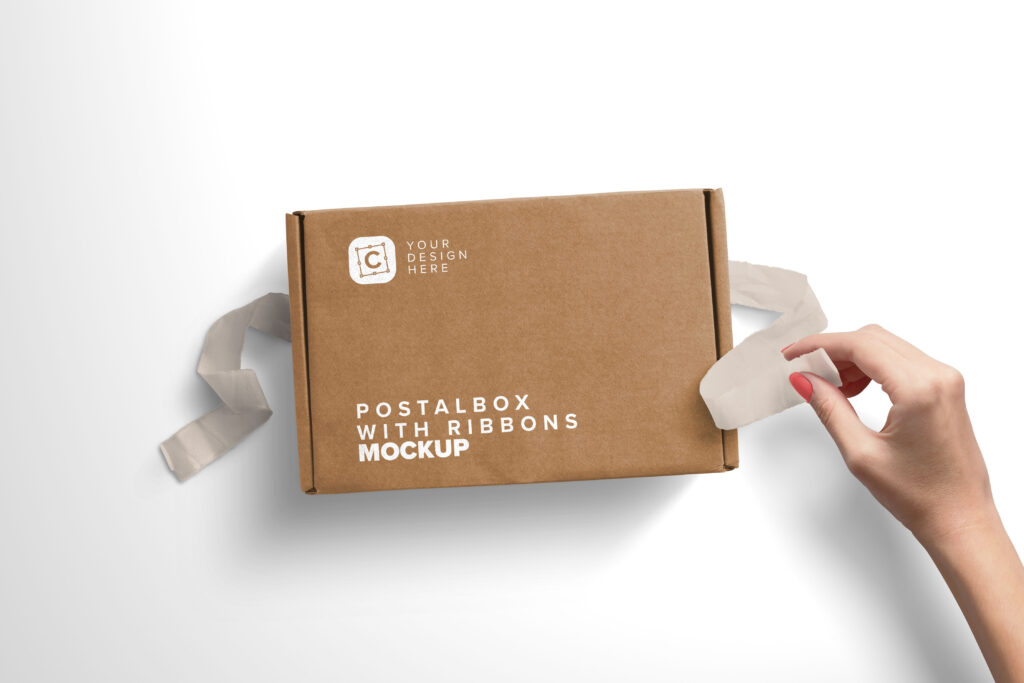How To Design Corrugated Box

Corrugated boxes are a popular packaging choice for a variety of products due to their durability and versatility. Whether you are a small business owner looking to package your products or a large corporation in need of bulk packaging, designing a corrugated box is an important process that can help protect your products and create a memorable brand experience for your customers. In this article, we will discuss the key steps to designing a corrugated box that meets your needs and stands out on the shelf.
Determine Your Packaging Needs
Before you start designing your corrugated box, it is essential to determine your packaging needs. Consider the size and shape of your product, as well as any specific requirements for shipping and storage. If you are shipping fragile items, you may need extra padding or inserts to protect the contents. If your products are large or irregularly shaped, you may need custom packaging solutions to ensure a secure fit.
Choose the Right Corrugated Material
Corrugated boxes come in a variety of materials, each with its own strengths and limitations. The most common types of corrugated material are single-wall, double-wall, and triple-wall. Single-wall corrugated boxes are suitable for lightweight items, while double-wall and triple-wall boxes provide added strength and protection for heavier items. Consider the weight and fragility of your products when choosing the right material for your packaging.
Select a Box Style
There are several box styles to choose from when designing a corrugated box. The most common styles include regular slotted containers (RSC), half-slotted containers (HSC), and full-overlap containers (FOL). Each style has its own advantages and can be customized to meet your specific packaging needs. Consider factors such as ease of assembly, stackability, and aesthetics when selecting a box style for your products.
Design Your Box Graphics
The graphics on your corrugated box are an important part of your branding and can help make your products stand out on the shelf. Consider the size and placement of your logo, as well as any text or images that convey key information about your products. Work with a graphic designer to create a visually appealing design that aligns with your brand and resonates with your target audience.
Add Custom Inserts or Padding
If your products are fragile or require extra protection during shipping, consider adding custom inserts or padding to your corrugated box. Inserts can help keep your products secure and prevent damage during transit. Common types of inserts include foam, corrugated partitions, and molded pulp. Work with your packaging supplier to determine the best insert options for your specific products.
Test Your Design
Before finalizing your corrugated box design, it is essential to test its durability and functionality. Conduct drop tests, compression tests, and stack tests to ensure that your packaging can withstand the rigors of shipping and storage. Make any necessary adjustments to improve the strength and performance of your corrugated box before moving forward with production.
Work with a Packaging Supplier
Once you have finalized your corrugated box design, it is time to work with a packaging supplier to bring your vision to life. Choose a reputable supplier with experience in producing high-quality corrugated boxes. Provide detailed specifications and artwork files to ensure that your packaging is produced to your exact requirements. Work closely with your supplier throughout the production process to address any issues and make necessary adjustments.
Monitor Feedback and Make Improvements
After your corrugated boxes are in circulation, it is essential to monitor customer feedback and make any necessary improvements to your packaging design. Pay attention to customer reviews, returns, and overall satisfaction with your packaging. Use this feedback to make adjustments to your design, such as changing the box size, adding protective inserts, or updating the graphics. Continuously strive to improve the functionality and aesthetics of your corrugated boxes to enhance the overall customer experience.
Conclusion,
Designing a corrugated box involves careful consideration of your packaging needs, materials, box style, graphics, inserts, testing, supplier selection, and customer feedback. By following these key steps and working with a reputable packaging supplier, you can create high-quality corrugated boxes that protect your products and enhance your brand image. Start the design process today and elevate your packaging to the next level.
